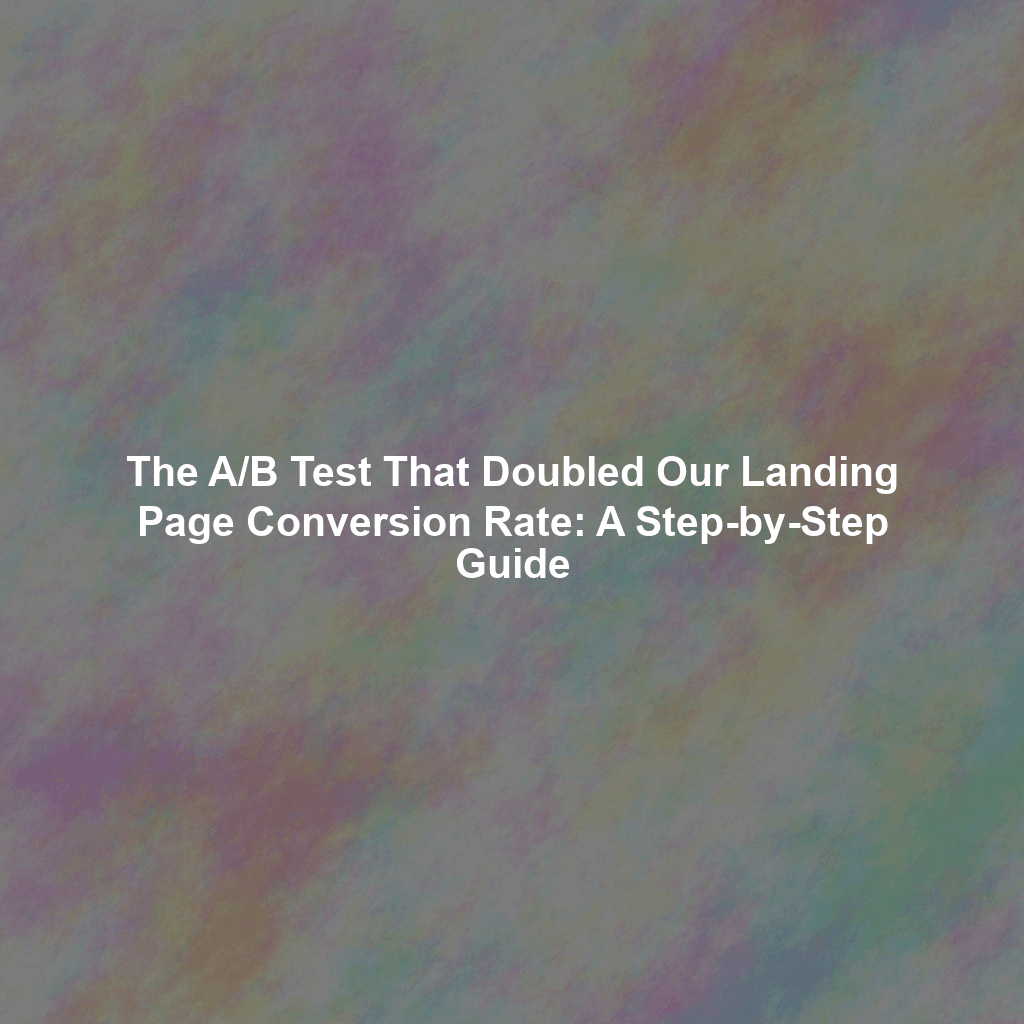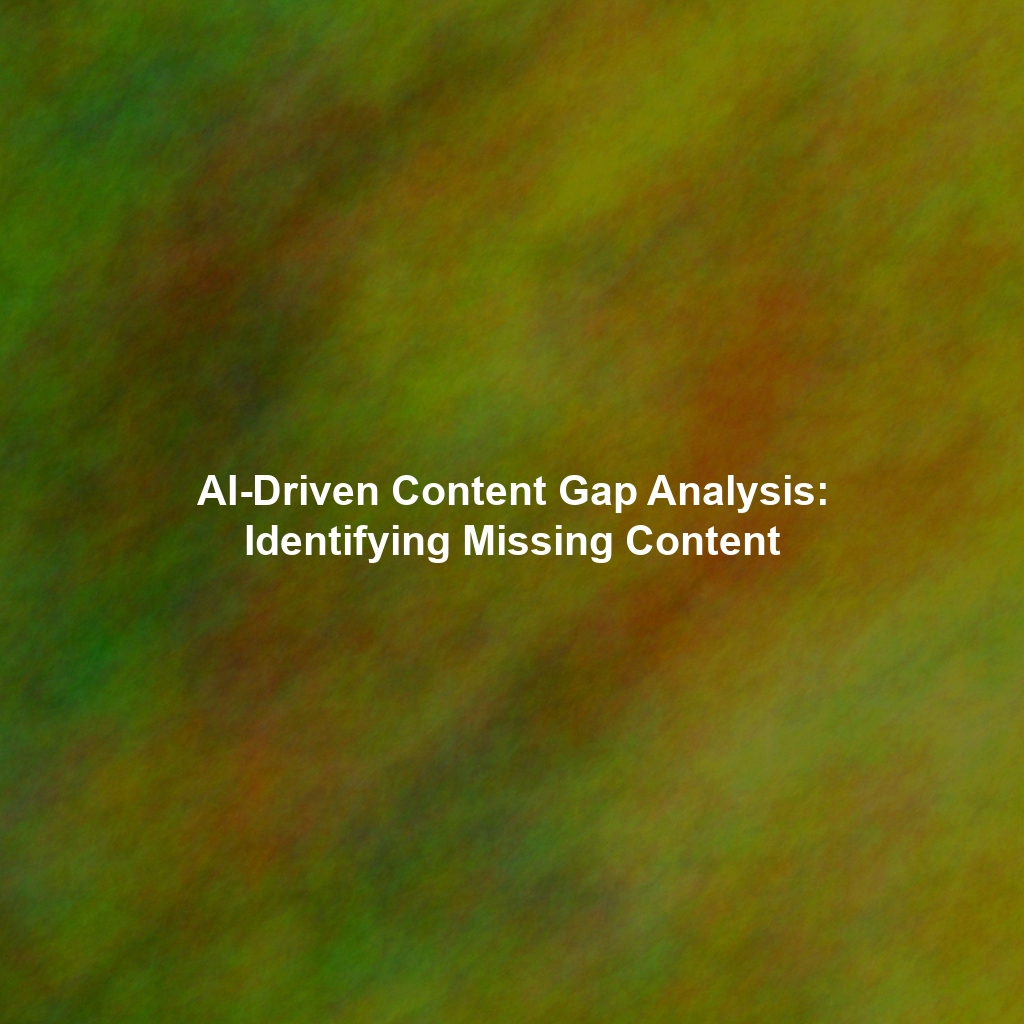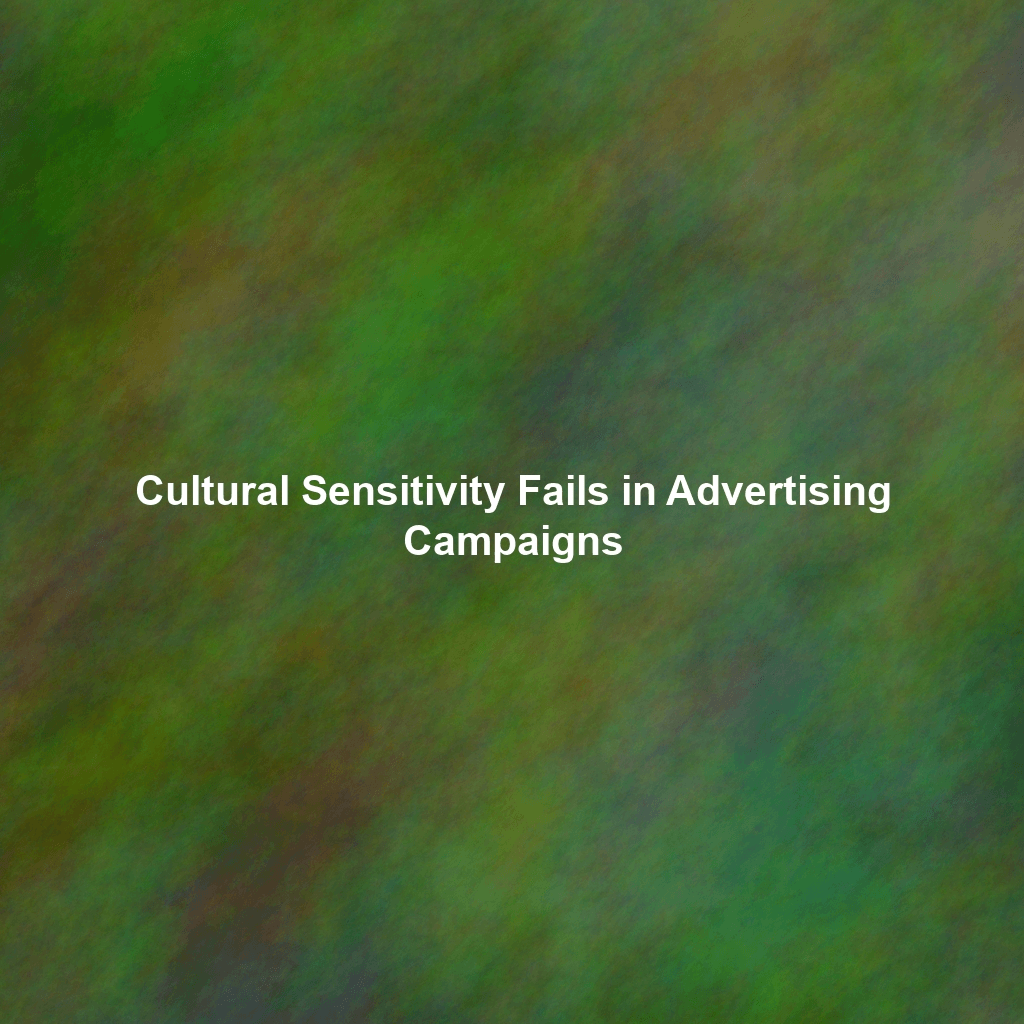In the cutthroat world of B2B lead generation, every click, every form submission, and every qualified lead counts. We were facing a challenge: our landing page, designed to capture leads for our SaaS marketing automation platform, was underperforming. Despite driving decent traffic, the conversion rate was stubbornly low, hovering around 2.5%. We knew we could do better, and A/B testing was our weapon of choice. This is the story of how one meticulously planned and executed A/B test doubled our landing page conversion rate, providing invaluable insights and a significant boost to our lead generation efforts.
The Challenge: An Underperforming Landing Page
Our landing page served as the entry point for prospects interested in a free trial of our marketing automation platform. It featured a headline, a brief explanation of the platform’s benefits, a compelling image, and a lead capture form asking for name, email, and company size. We had followed best practices, or so we thought. However, the data told a different story. Website analytics painted a picture of high bounce rates and low form submissions. We needed to understand why potential customers were leaving without converting.
Our Initial Hypothesis
We suspected the problem lay in the perceived value proposition. Our initial headline and body copy focused on the platform’s features. We hypothesized that by shifting the focus to the benefits and addressing the specific pain points of our target audience – small to medium-sized businesses struggling with marketing automation – we could significantly increase conversions. We also suspected the form was too long and off-putting.
The A/B Testing Experiment: Benefits vs. Features & Form Length
Based on our hypothesis, we designed a focused A/B test targeting two key elements of the landing page:
Headline and Body Copy: Focusing on Benefits
Version A (Control):
- Headline: “Marketing Automation Platform – Streamline Your Marketing Efforts”
- Body Copy: Described the platform’s features, such as email automation, social media scheduling, and CRM integration.
Version B (Variant):
- Headline: “Stop Wasting Time on Marketing – Automate Your Way to More Leads”
- Body Copy: Highlighted the benefits, such as saving time, generating more leads, and improving ROI. It spoke directly to the pain points of small businesses struggling with manual marketing tasks.
Form Length: Shortened and Simplified
Version A (Control): Included fields for Name, Email, Company Size, and Job Title.
Version B (Variant): Only required Name and Email.
This was, in effect, an A/B/C/D test, though we treated it as two separate A/B tests running concurrently. We used Google Optimize to set up the experiment, ensuring that traffic was split evenly between the two versions of the landing page.
The Results: A Dramatic Increase in Conversions
After running the experiment for two weeks, we analyzed the results. The data was clear and compelling.
- Headline and Body Copy (Version B): Showed a 65% increase in conversion rate compared to Version A. The benefit-oriented messaging resonated strongly with our target audience.
- Form Length (Version B): The shortened form resulted in a 35% increase in submissions compared to the original, longer form. Removing the barriers to entry proved highly effective.
When combining the winning variations, we saw a **110% increase in our overall landing page conversion rate!** We went from a paltry 2.5% to a much healthier 5.25%. This translated to a significant increase in qualified leads and a noticeable impact on our sales pipeline.
Visual Representation (Example – Replace with actual data)

Placeholder: Replace with a graph illustrating the conversion rate increase.
Key Takeaways for Optimizing Landing Pages for Lead Generation
This A/B testing experiment provided us with several valuable lessons that we’ve incorporated into our lead generation strategy.
- Focus on Benefits, Not Features: Your audience cares about what your product can do for them, not the technical specifications. Clearly articulate the benefits of your offering and address their specific pain points.
- Keep Forms Short and Simple: The more information you ask for upfront, the lower your conversion rate will be. Only ask for essential information and consider progressive profiling to gather more data later in the sales process.
- Data-Driven Decisions are Essential: Don’t rely on assumptions or gut feelings. Use A/B testing and analytics to guide your optimization efforts.
- Continuous Testing is Key: Landing page optimization is an ongoing process. Regularly test different elements and iterate based on the results. What works today might not work tomorrow.
- Relevance Matters: Ensure your landing page content is highly relevant to the source of the traffic. For example, if someone clicks on an ad promoting a specific feature, make sure your landing page highlights that feature.
Conclusion: The Power of A/B Testing in B2B Lead Generation
Our experience demonstrates the immense power of A/B testing in B2B lead generation. By systematically testing and optimizing our landing page, we were able to dramatically improve our conversion rate and generate a significant increase in qualified leads. This success has reinforced our commitment to data-driven decision-making and continuous improvement. A/B testing is now an integral part of our marketing strategy, and we encourage all B2B marketers to embrace its power. It’s not just about tweaking; it’s about understanding your audience and providing them with the best possible experience, ultimately leading to more leads and more business.
 Skip to content
Skip to content

